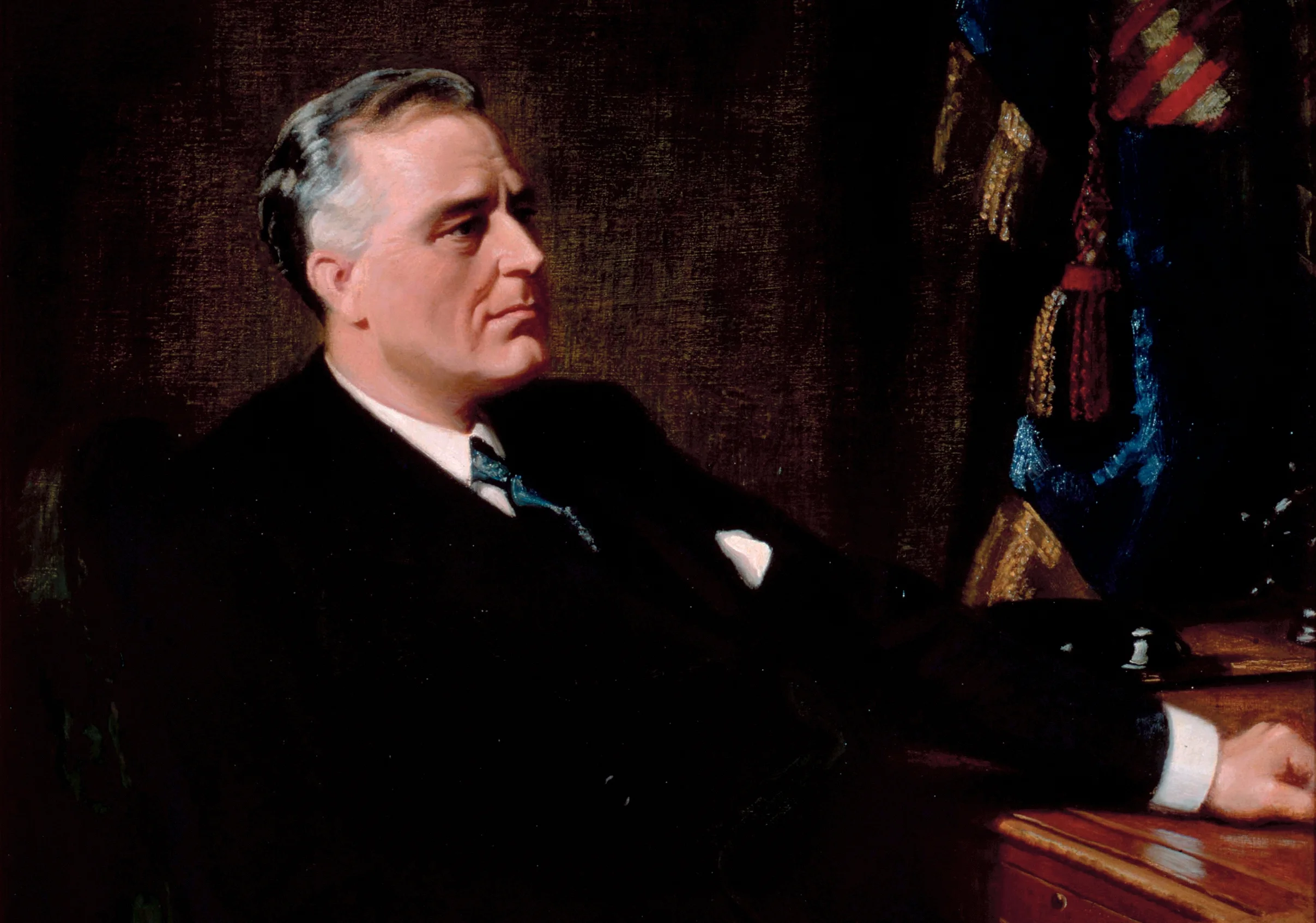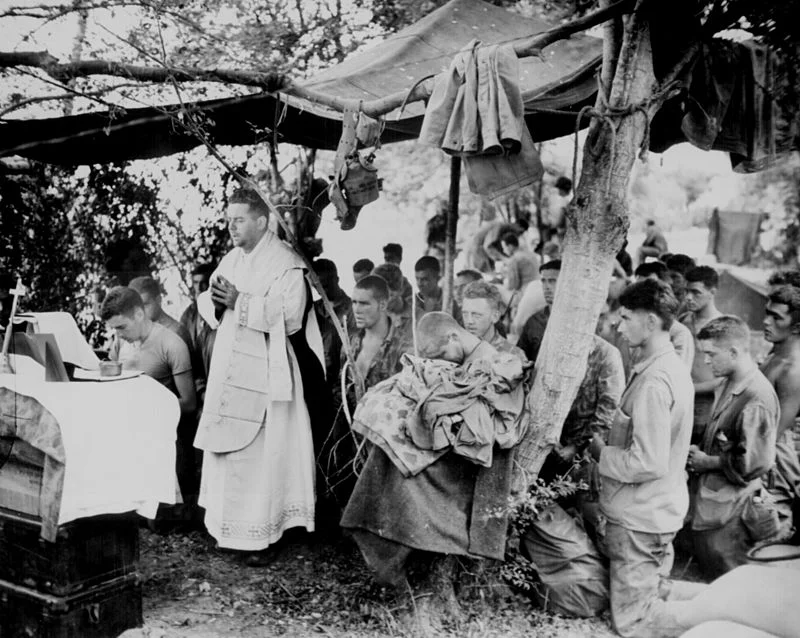We must rethink our reading of Clausewitz's work as a search for and a description of eternal principles for an objective understanding of war. The nature of war is one thing, but war as instantiated in actual conflict and combat is another thing altogether; yet, both must somehow be held together in order to understand war. It is in this paradox that Cormier thinks we must locate, evaluate, and apply Clausewitz's ideas.
#Reviewing Tiger Check
In the beginning, being a fighter pilot was all about having what later came to be called “the right stuff:” good eyesight, excellent hand-eye coordination, good stick and rudder skills, and aggressiveness. Fino goes to great lengths to demonstrate that over the course of next three decades these skills did not necessarily change, but they did evolve as pilots had to contend with increasingly complex aircraft systems. The history of fighter aviation rapidly became the struggle to understand automation.
#Reviewing Jihad & Co.
Through a nuanced understanding of historical ties between jihadist groups and business people, policymakers and academics can more rationally assess incentives, supply chains, and other ways in in which the economic mingles with the political in fragile and civil war environments. Ahmad’s book can provide them with a useful point of departure for such endeavors.
#Reviewing Titan: The Art of British Power in the Age of Revolution and Napoleon
The titanic struggle between Britain and France (and their respective allies) has been told many times, but the narrow focus here on Britain’s use of power is a welcome addition indeed, and Titan builds a compelling case for what made British victory possible. It will certainly prove useful to strategists and foreign policy practitioners, for while much has changed in the realm of war and diplomacy since the early nineteenth century, the need for smart power will not be ending anytime soon.
#Reviewing The Southern Flank of NATO: Strategy-Making on Rocky Ground
This work closes a gap in the historical research with a comprehensive and extremely detailed look at NATO consolidation during the 1950s. Beneath the surface of that project, the reader can find some fascinating and challenging presentations of a very different world which tempts one to wrestle with an of a number of could-have-beens.
#Reviewing The Impact of the First World War on U.S. Policymakers
#Reviewing Preparing For War
#Reviewing NATO and Article 5
#Reviewing Earning the Rockies
It was America’s good fortune—Manifest Destiny if you will—to rise on a temperate continent with abundant resources. Great Britain ceded its empire in part because it could trust and rely on the United States. America does not share this luxury. Pragmatism must be America’s watchword, for neither isolationism nor unilateralism will work.
#Reviewing Hugging This Rock
#Reviewing The Life and Work of General Andrew J. Goodpaster: Best Practices in National Security Affairs
National security officials who want to know more about the formation of the American national security state or who are searching for a role model in conducting public service may be interested in this book. In his effort to pass on Goodpaster’s insights regarding national security affairs to subsequent generations of officials, Nelson strikes the tone of a how-to guide: how to become Goodpaster, or at least emulate this thoughtfulness and charisma.
#Reviewing Churchill's Secret War with Lenin
Modern readers will find parallels and similarities between the intervention of a century ago and those more recent. Churchill’s Secret War with Lenin engagingly illuminates the history of a small war that served as both part of the Great War and the dawn of the Cold War between the Soviet Union and the West. Wright masterfully presents the history of a failed campaign in compelling human and strategic terms through his use of primary sources, synthesis of other works, and his own analysis. Strategists, planners, and tacticians will all take something away from the work.
#Reviewing By More Than Providence
An appropriate grand strategy, one that has a regional focus on deterrence, trade, and values will go a long way towards the peaceful management of the balance of power in the Pacific. Green’s work is timely, and decision makers, practitioners, or students of grand strategy and statecraft would do well to add it to their reading list.
#Reviewing Enlisting Faith: How the Military Chaplaincy Shaped Religion and State in Modern America
While some might see chaplains as anachronistic, or even as an affront to the principle of separation of church and state, Ronit Stahl, a scholar of modern American social history, argues the military chaplaincy has been and continues to be a driver of change in American religion and society. Given the perennial argument over whether the United States military should or should not be a social laboratory, Stahl’s book invites fresh consideration of the connections between military and society.
#Reviewing Lincoln’s Lieutenants
Stephen W. Sears, author of twelve prior Civil War volumes, reassesses the Eastern Theater in Lincoln’s Lieutenants: The High Command of the Army of the Potomac. It explores two topics germane to the modern military. Strategists will note that the Army of the Potomac was the most important Northern force and fought in the preeminent theater. Russell F. Weigley claims that this area “offered the most promising opportunity for a short war and thereby the limitation of costs and destructive violence.” Students of civil-military relations will focus on the relative politicization of the officer corps and whether President Abraham Lincoln could impose his strategic vision on commanders.
#Reviewing Tomorrow It Will All Run Backwards
In a quiet, quirky, and often quotable collection of poems spanning the late 1970s to present day, poet Michael Brett spins tales of bombs, bodies, and bureaucracies, echoing and updating European traditions of 20th century war poetry. He does so with a wonderfully plainspoken and honest tone of a mid-level political functionary or well-informed citizen—someone engaged in immediately observing conflict, but also intellectually apart from it.
#Reviewing Flying to Victory
Alan Went to War: #Reviewing Goodbye Christopher Robin
The movie “Goodbye Christopher Robin” is a movie about war. About a war so big, so terrible, that it defies description. It is also a movie about a society in denial, where the wounds of war are ever-present, but unseen –– in those who came back, but also in those who were left behind waiting for them. “Goodbye Christopher Robin” is a nuanced movie since the best way to talk about war is in a nuanced manner. The big dry numbers are lost on people –– one can’t grasp the millions, the faceless, uniformed icons, killed and wounded. The ferocity of war can never be truly described in anyway meaningful. On the contrary, the pyrotechnics of modern cinema might only cheapen it by making entertainment out of the unimaginable. Maybe war can better be understood by and about the individual. By one’s story; by one’s suffering. And the suffering that is best understood is not that experienced in war, but after it ends. It is also best understood by the suffering of loved ones; even those only born because of the war, never to be in it themselves.
Networking to Learn: #Reviewing Learning to Fight
The essence of war is a competitive reciprocal relationship with an adversary possessing the capacity to make choices in battle. It is impossible to anticipate and predict with precision the contours of all future conflicts and the opponent’s strategy and discrete choices on the battlefield. Recognizing the need to adapt and implement the requisite changes is therefore inherent to the nature of war. The clash of arms is, therefore, also a competition in cycles of learning, reaction, or counteraction. The side that reacts best, and perhaps faster, increases their chances of success.
#Reviewing Architect of Air Power: General Laurence S. Kuter and the Birth of the U.S. Air Force
Biographies are often among the best-selling history books, but for many academic historians they are among the most difficult to write. The attraction to some subjects over others has also led to limitations in the literature. Many biographers are attracted to top-level commanders or to the lower level individuals making tough combat decisions in the tactical realm. Rarely do mid-level managers get a thorough treatment that can accurately relate the importance of their work to the larger trends of history. This is exactly what Brian Laslie’s new book Architect of Air Power seeks to remedy for General Laurence S. Kuter. In this brief but lively survey of Kuter’s life, Laslie successfully argues that although Kuter may not have risen to the fame of other Air Force leaders of his day, he nonetheless deserves recognition. Kuter was the father of the United States Air Force’s history program and a key developer of U.S. Air Force doctrine from the Second World War through the early days of the Cold War. As Laslie claims, he was the architect of American air power.





















